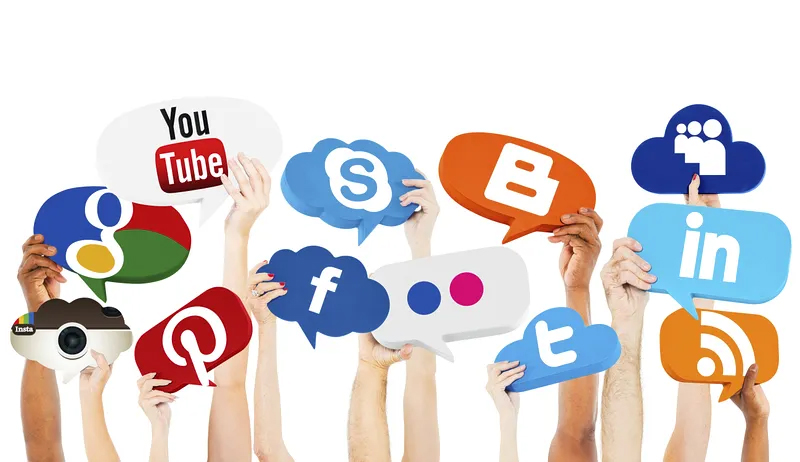
You can hear many buzzwords in the world of digital marketing. While some of them stick around and turn out to be more than a trend, others quickly fade away. Two of them have been around for a while — omnichannel and multichannel marketing. Despite their continuous presence, most people can’t seem to pinpoint them the right way. As a result, they fail to take advantage of their numerous benefits and make the most out of the opportunities given. Since choosing the right approach for business is crucial for its success, we’ve broken down the two terms and their key differences.
Definitions
Both terms refer to using various channels for marketing purposes. However, their approach differs. Multichannel focuses on customers or prospects and their engagement. The multiple channels, such as social media, ads, and newsletters, don’t necessarily have to be aligned. For example, the ads on Facebook can differ in design and message from those on Instagram. Meanwhile, every channel uniquely delivers the message. To discover it, customers have to visit the channels individually. In brief, various channels are a part of a single multichannel strategy, but they function independently.
Omnichannel marketing also focuses on engaging customers through every available channel. Unlike multichannel, the channels used are fully integrated, aiming to provide a united experience to all the customers. Whichever channels you use, they centre around delivering the same message or concept. The visitors can enjoy the content provided by one channel and then move to another one and continue enjoying the same experience. The textbook example of this practice is retargeting, when the customer abandons a product in their cart during online shopping.
Key Differences
When comparing the two, you can notice major distinctions.
Marketers resort to a multichannel strategy to increase brand awareness since it focuses on customer engagement. To measure it, you want to monitor likes, shares, and followers across more than one social media page. These metrics reflect how familiar and engaged customers are with your brand.
On the other hand, the purpose of the omnichannel is to improve the quality of customer experience. For example, when customers jump from one channel to another belonging to the same business, they are bound to experience a certain amount of friction. With this strategy, the friction is gone, and customers can enjoy not only a smooth and immersive experience but also a consistent one. To illustrate, you want to make sure the links on the brand’s social media take visitors to its website or that every visitor receives a personalised message.
In marketing, you can stumble upon the well-known battle between quantity and quality. Although both approaches require multiple channels to produce results, their focal point significantly differs. With omnichannel, you use all channels, so a greater reach is guaranteed. Also, customers are free to choose the channel to consume content themselves. That’s why this strategy focuses on the customer and their unified experience across all channels used. It ensures an all-around consistency leaving customers under the impression the brand is organised and functional.
In contrast, it can be said the strategy of using more than one channel without any alignment revolves around a specific service or product. To demonstrate, social media pages and storefronts can operate separately to cater to different marketing needs of particular products or services. Consequently, the channels provide different types of quality and service than what users are used to. Customers won’t be able to enjoy the same content on social networks, which might initially seem confusing. Hence, the approach is more flexible.
Summary
Omnichannel and multichannel marketing are two words every marketer hears at least once a day when discussing strategies. Although they make a significant impact, most marketing experts struggle to differentiate them. With this guide on key differences between the two, you can finally make the distinction and learn how to use them to your client’s advantage the next time opportunity arises.
You may also like: How to Do Omnichannel Marketing
Image source: Rawpixel.com



